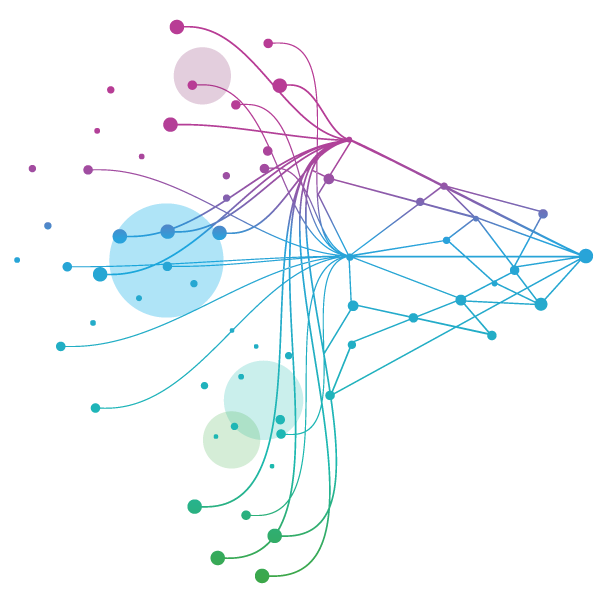Connect chemical buyers and sellers or alternative sources with ease in an ever-increasing competitive environment. IQVIA Chemical Intelligence is the solution to give you access to the most current and accurate information when and where it’s needed.






















- Library
- Mitigating Drug Shortages: Strategies for Resilient Pharma Supply Chains
Healthcare depends significantly on medicines and ensuring that all individuals have access to them is a widely accepted human right. According to the World Health Organization (WHO), essential medicines are those that meet the priority healthcare needs of the population. However, ongoing drug shortages pose serious challenges to healthcare systems around the world.
The issue of medication scarcity dates to the early 1920s, with the first recorded case being the shortage of insulin. Since then, drug shortages have become
increasingly common, disrupting patient care, compromising treatment outcomes, and threatening public health on a global scale. To better understand the scope of the issue, it is important to consider how major health authorities define drug shortages. The World Health Organization (WHO) describes a drug shortage as a situation where the supply of essential medicines is insufficient to meet public health and patient needs.
This definition highlights the impact of shortages on both healthcare systems and patient care.
Similarly, the US Food and Drug Administration (FDA) defines a drug shortage as a period when the demand or projected demand for a medically necessary drug exceeds its supply at the patient care level. Together, these definitions reflect the diverse factors contributing to drug shortages, including logistical disruptions, and increasing demand for medications.
Explore Key Insights & Solutions
- Global Manufacturing Trends: Analysis of where drugs and active pharmaceutical ingredients (APIs) are produced, and how geographic concentration impacts supply chain risk.
- Key Causes of Shortages: Breakdown of supply-side, demand-driven, regulatory, and geopolitical factors affecting drug availability.
- Impact Assessment: Economic, clinical, and humanistic consequences of shortages for healthcare providers, patients, and the industry.
- Mitigation Strategies: Practical approaches for managing shortages, including inventory optimization, regulatory reforms, and operational improvements.
- Government & Policy Solutions: Insights into policy shifts, early alert mechanisms, and harmonized frameworks to strengthen supply chain resilience.
- Regional Case Studies: Data-driven trends and evolving causes of shortages across the US, UK, EU, and Canada.
Ready to strengthen your supply chain strategy?
Download the full white paper to gain actionable insights and proven solutions for building resilience and ensuring uninterrupted access to essential medicines.Related solutions
Analyze industry leading sales and medical data in a standardized and comparable way, including cross-country analysis of performance and additional insights into global and regional markets.





